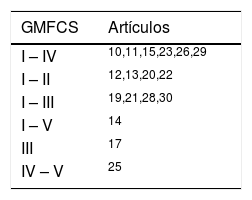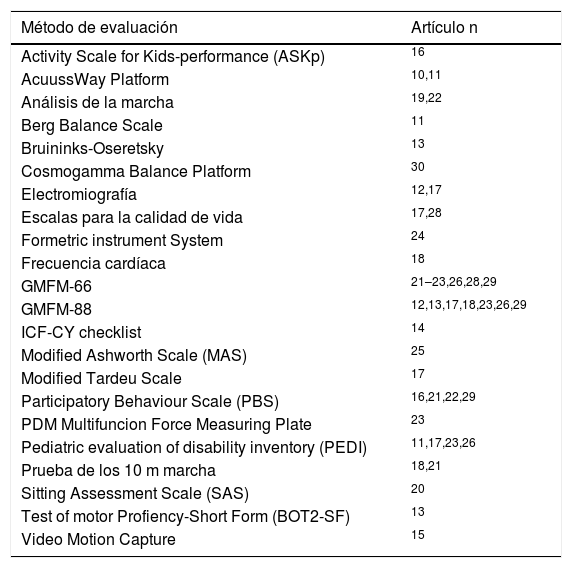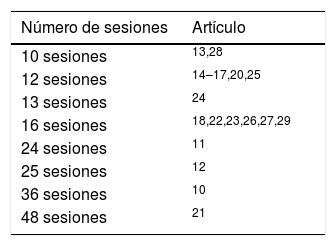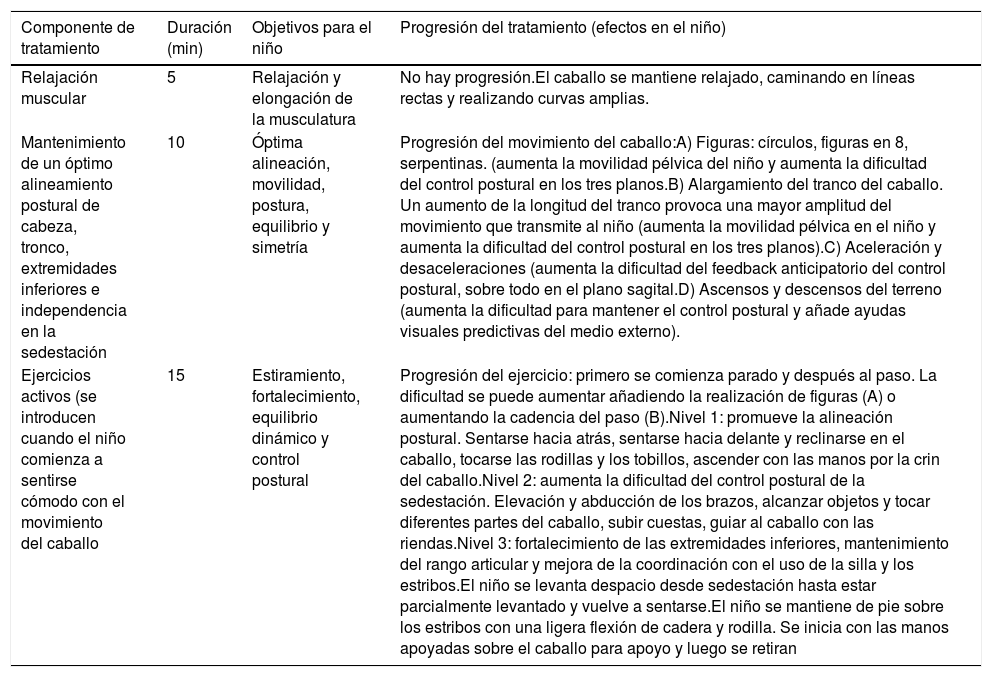La parálisis cerebral es producida por una lesión no progresiva en el cerebro durante su desarrollo. Esta lesión da lugar a una afectación motora y a disfunciones del área perceptiva, del habla, comunicativa, de cognición y de competencia. La fisioterapia es una parte muy importante del tratamiento de esta patología, donde podemos incluir la hipoterapia, que utiliza el movimiento equino para estimular los sistemas sensoriales, neuromotores y cognitivos con el fin de promover resultados funcionales.
MetodologíaSe llevó a cabo una búsqueda bibliográfica utilizando diferentes bases de datos y las palabras claves: «cerebral palsy» (parálisis cerebral), «children» (niños), «treatment» (tratamiento) y «physiotherapy» (fisioterapia). Tras la aplicación de los criterios de inclusión y exclusión, la eliminación de los artículos duplicados y la lectura crítica, se seleccionaron 22 artículos.
ConclusiónLa hipoterapia es utilizada en el ámbito de la fisioterapia para el tratamiento de la parálisis cerebral infantil, mediante la manipulación intencionada del movimiento equino para estimular los sistemas sensitivos, neuromotores y cognitivo con el fin de promover resultados funcionales. Entre las intervenciones usadas, la más recomendada por los autores es la alineación postural, aunque no existe un protocolo único de actuación, sino que el tratamiento se adapta de forma individual a las necesidades de cada paciente con parálisis cerebral.
Cerebral palsy is produced by nonprogressive injury to the developing brain. This lesion produces life-long motor impairments, disturbances in perception, speech, communication, cognition and competence. Physiotherapy is an important part of treatment, and may include hippotherapy, which uses the movement of the horse to stimulate the sensorial, neuromotor and cognitive systems to obtain functional results.
MethodsWe performed a literature search using distinct databases and the following Keywords: “hippotherapy”; “cerebral palsy”; “children”; “treatment” and “physiotherapy”. After application of the inclusion and exclusion criteria; elimination of duplicated tests; and critical appraisal of the retrieved texts; 22 articles were finally selected for the review.
ConclusionHippotherapy is used by physiotherapy in the treatment of cerebral palsy. In this therapy, the horse's movement is purposefully manipulated to stimulate the patient's sensitive, neuromotor and cognitive systems and promote functional goals. Among the interventions used, the most recommend by the authors is the postural alignment, although there is no single standard of care, but the treatment is individually-tailored to the needs of each patient with cerebral palsy.










